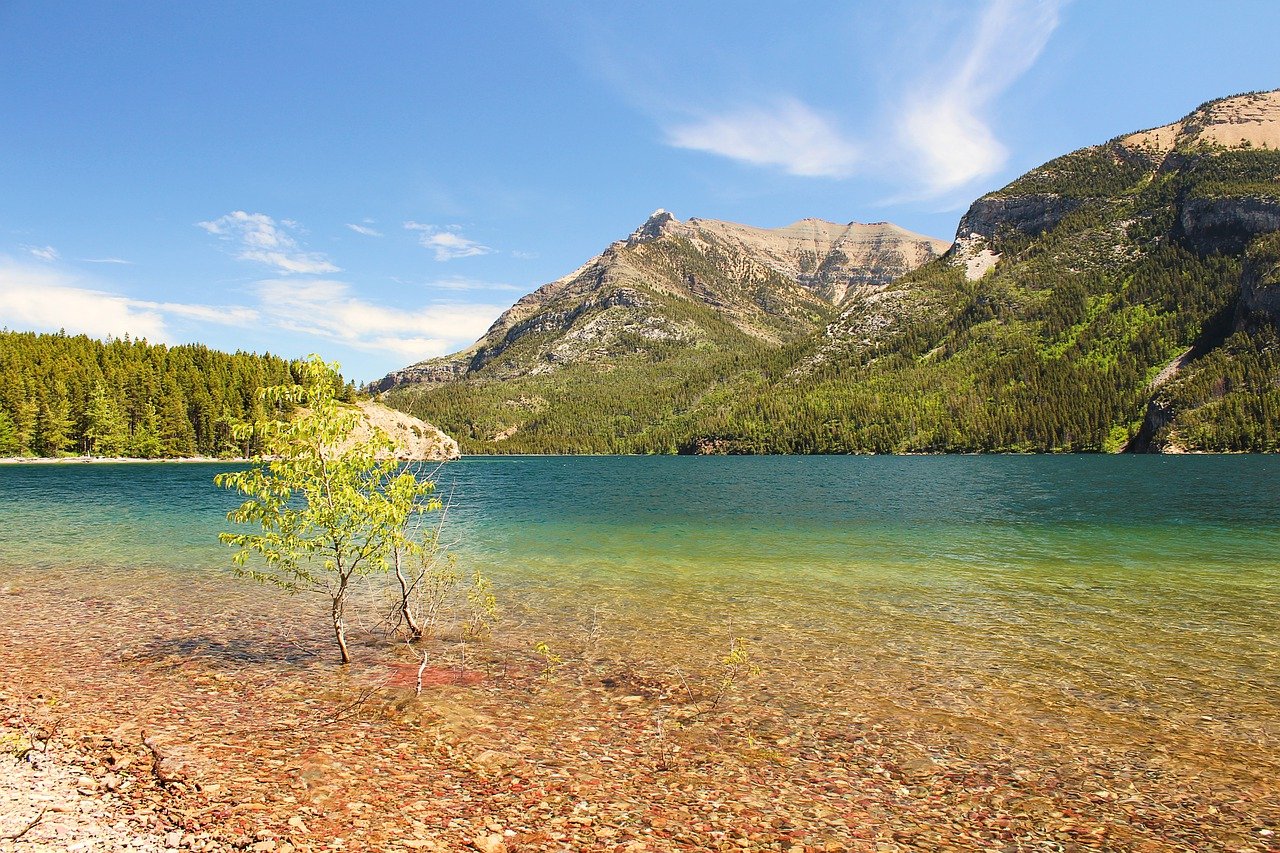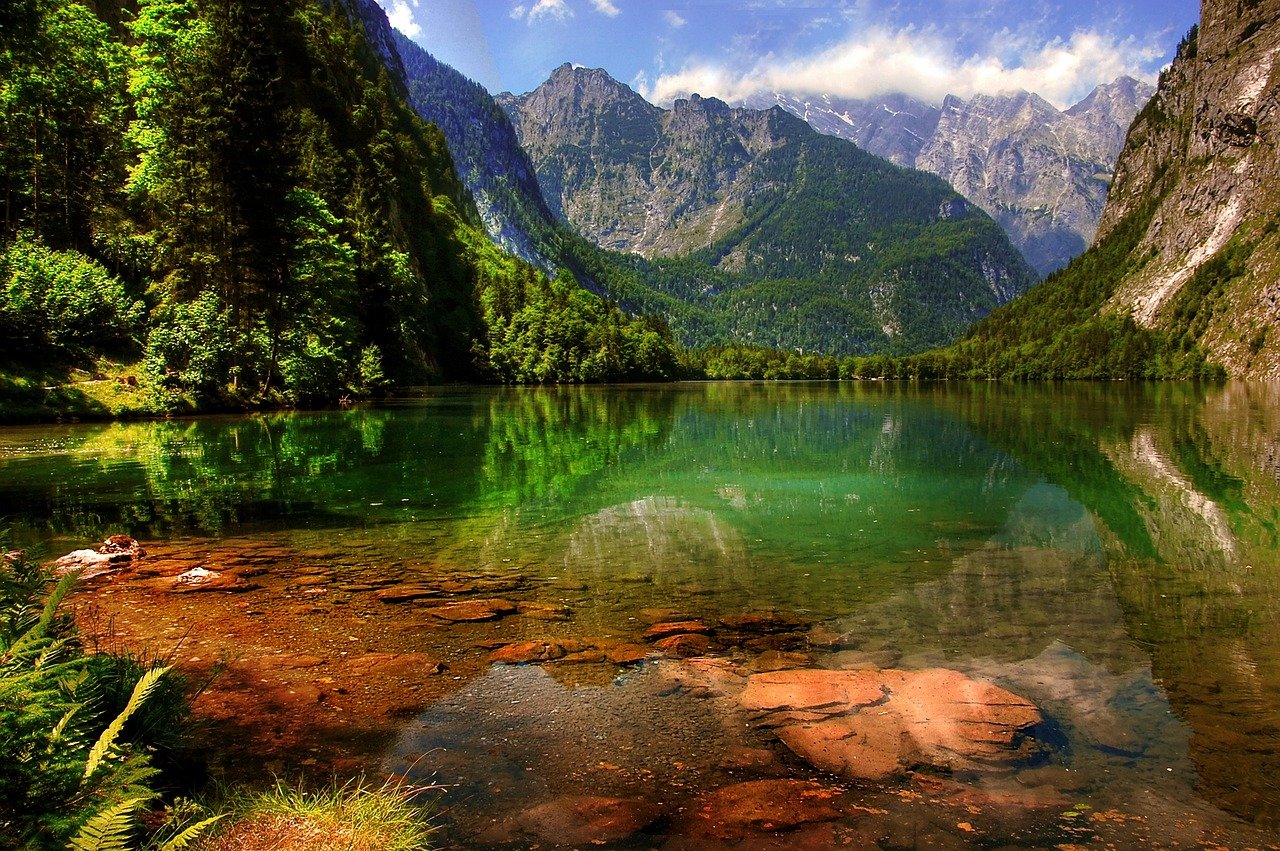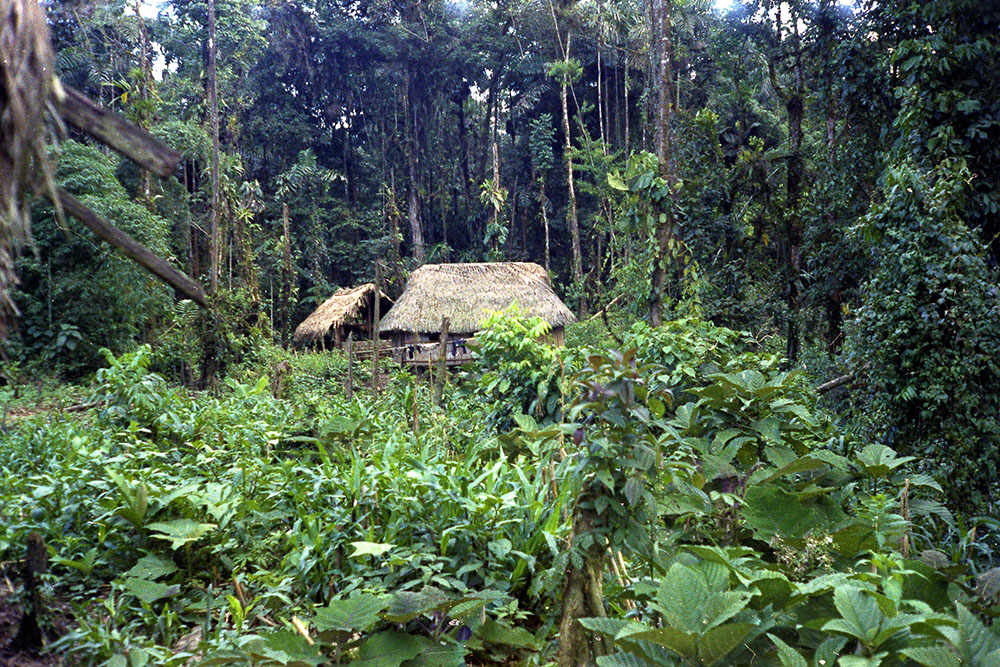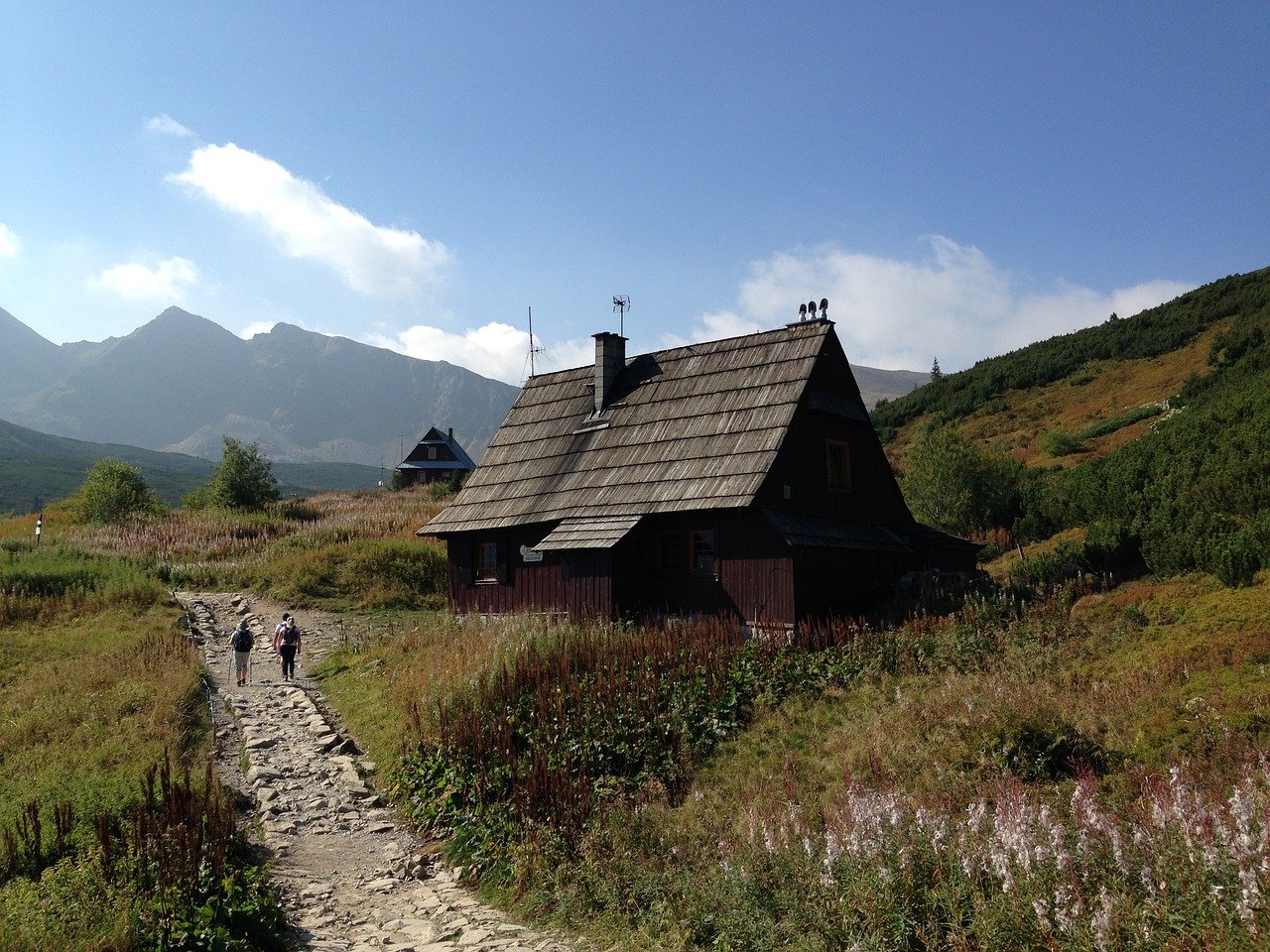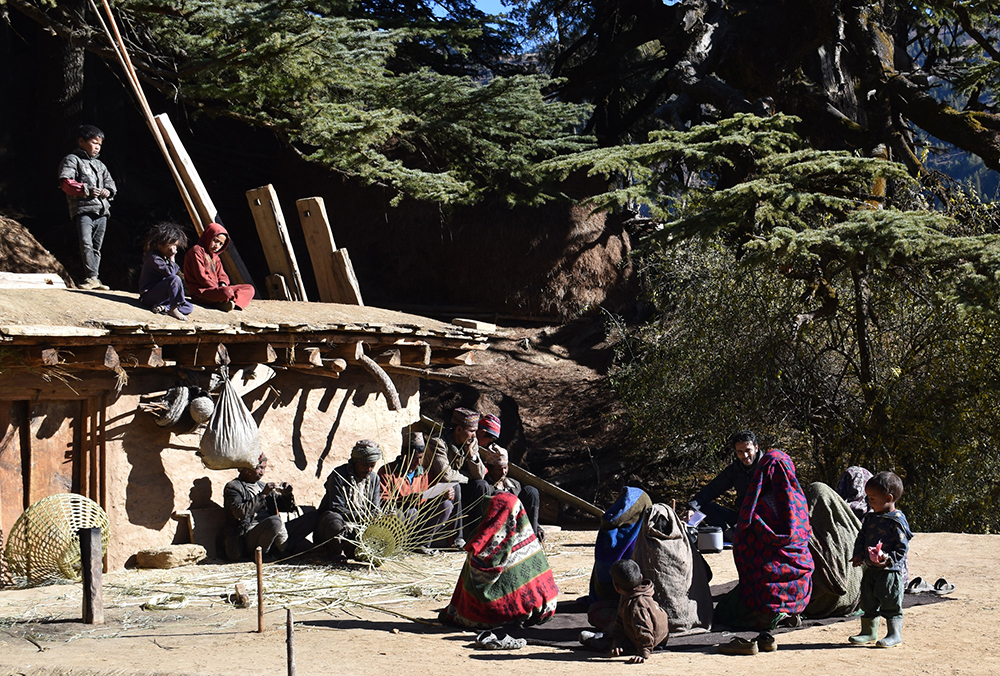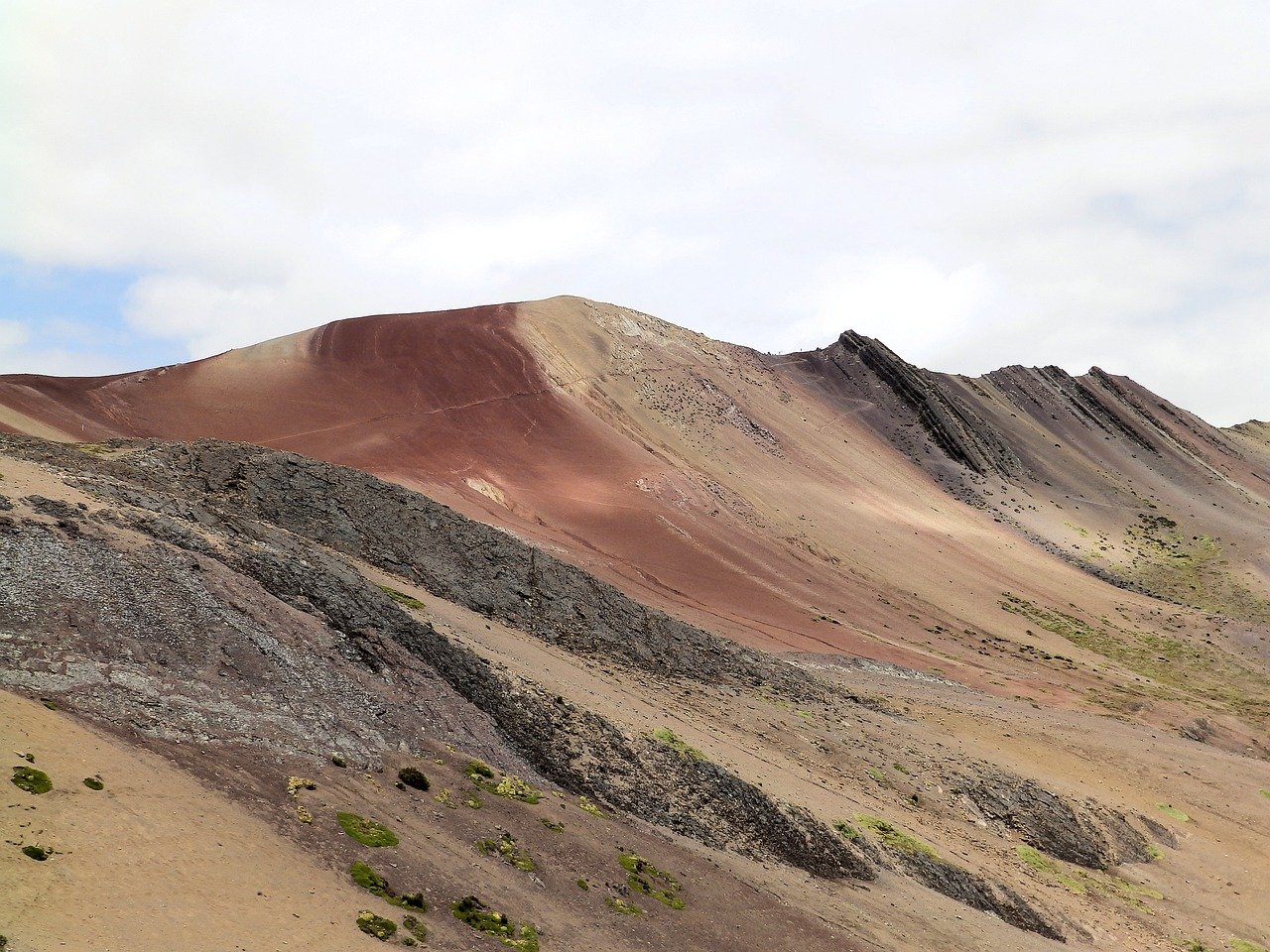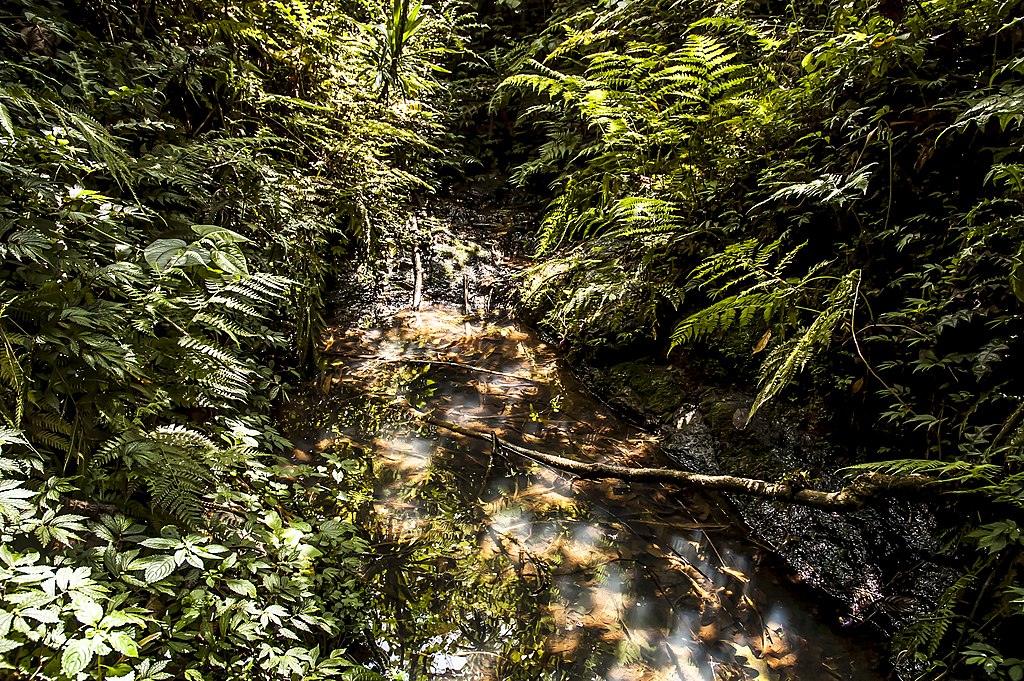New Publication
- Details
- Category: New Publication
'ME AND THE BIOSPHERE: 50th Anniversary of UNESCO’s MAB Programme' is a Special Issue of the Journal on Protected Mountain Areas Research and Management (eco.mont), and is now available online.
On the occasion of 50 years of UNESCO’s Man and the Biosphere (MAB) Programme, the Austrian MAB National Committee has organized and financed a special issue on Biosphere Reserves in Mountain Regions in the Journal on Protected Mountain Areas Research and Management (eco.mont). The special issue contains 16 articles from four out of five MAB regions.
- Details
- Category: New Publication
This year, the UNESCO Man and the Biosphere (MAB) Programme celebrates its 50th anniversary. To mark the occasion, the open access journal eco.mont has dedicated a Special Issue to mountain biosphere reserves.
The Journal on Protected Mountain Areas Research and Management (eco.mont) has published a new Special Issue under the title 'Celebrating 50 Years UNESCO-MAB and its World Network of Biosphere Reserves: Trends and Challenges in Research, Management, and Policy of Mountain Biosphere Reserves.'
- Details
- Category: New Publication
The latest issue of the open access journal Mountain Research and Development contains studies on indigenous-driven sustainability initiatives in the tropical Andes, urban risk knowledge, and the danger of glacial lake outburst floods in the Indian Himalayas.
Vol 41, No 1 of Mountain Research and Development (MRD) includes new research that maps English-language scientific journal articles that analyze the climate change adaptation options planned or implemented in European mountain regions – and finds key knowledge gaps in academic literature that need to be addressed. MRI Executive Director Carolina Adler is among the authors.
- Details
- Category: New Publication
Mountain Research and Development (MRD) Volume 40, issue Number 3 is an open publication whose articles are fully accessible online. This issue includes the MRI's MountainPlatform paper Making Connections for Our Changing Mountains: Future Directions for the Mountain Research Initiative.
- Details
- Category: New Publication
The latest issue of eco.mont explores topics ranging from the impact of coronavirus restrictions on alpine field work to tensions between traditional herding practices and conservation policies in the Southern Central Andes.
In the latest issue of the journal eco.mont (Volume 13, Number 1, January 2021), concerns about the ongoing COVID-19 pandemic touched up in an article in which Martha E. Apple describes the impact of coronavirus restrictions on alpine field work in the state of Montana in the US.
- Details
- Category: New Publication
A new focus issue of Mountain Research and Development explores mountain biodiversity’s role for sustainable development, and an open issue looks at tourism development in the South Caucasus – among other topics.
Two new issues of Mountain Research and Development (MRD) are complete. Vol 40, No 2, guest-edited by Davah Payne of the Global Mountain Biodiversity Assessment, focuses on the role of mountain biodiversity for sustainable development. Papers offer further evidence of mountain species’ importance for human livelihoods and well-being, and call for effective conservation and management approaches.
- Details
- Category: New Publication
To celebrate the first anniversary of Nature Reviews Earth & Environment, the journal asked six researchers investigating Earth surface processes to outline notable developments within their discipline and provide thoughts on important work yet to be done.
Among the scientists offering insights into some of the key advances and exciting future prospects in their areas of expertise was MRI SLC member Professor Irasema Alcántara-Ayala, whose research seeks to understand the root causes and drivers of disaster risk, and to promote an integrated research perspective.
- Details
- Category: New Publication
A new paper published in the Journal of Quaternary Science presents the results of a sedimentological and palynological analysis of a Late Pleistocene–Holocene sediment record of Afromontane forest change from Nyabuiyabui wetland in Kenya's Eastern Mau Forest.
The paper, co-authored by MRI SLC member Rob Marchant, also stresses the importance of managing and ensuring an intact and functioning forest‐hydrological system for the Mau Highlands and the wider lowland savanna ecosystems and livelihoods.




